Introduction Achieving a more sculpted and defined appearance no longer requires surgery. Thanks to advancements…
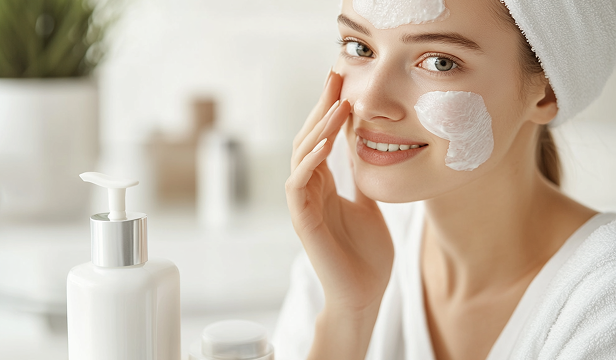
How to Get Rid of Acne: Causes, Prevention, and Treatments
Introduction
Acne is a common skin condition that affects individuals of all ages. It occurs when hair follicles become clogged with oil, dead skin cells, and bacteria, leading to pimples, blackheads, and whiteheads. Understanding its causes, prevention strategies, and treatment options can help manage and reduce acne effectively.
1. Causes of Acne
a. Excess Sebum Production
- Overproduction of oil clogs pores and contributes to breakouts.
b. Clogged Hair Follicles
- Dead skin cells and oil block pores, leading to inflammation.
c. Bacterial Infection
- Propionibacterium acnes bacteria cause infection and inflammation in clogged pores.
d. Hormonal Changes
- Fluctuations in hormones, especially during puberty, menstruation, pregnancy, and stress, can trigger acne.
e. Diet and Lifestyle Factors
- High-glycemic foods, dairy, and processed foods may contribute to breakouts.
- Stress and lack of sleep can exacerbate acne.
2. Prevention Strategies
a. Maintain a Proper Skincare Routine
- Use a gentle cleanser twice daily to remove dirt and oil.
- Avoid harsh scrubbing, which can irritate the skin.
b. Use Non-Comedogenic Products
- Choose oil-free and non-comedogenic skincare and makeup products.
c. Keep Hands and Hair Off Your Face
- Touching the face can transfer bacteria and oils, leading to breakouts.
d. Follow a Healthy Diet
- Reduce sugar, dairy, and processed foods.
- Eat antioxidant-rich foods like fruits, vegetables, and whole grains.
e. Manage Stress Levels
- Practice relaxation techniques like meditation, yoga, and deep breathing.
f. Stay Hydrated and Get Enough Sleep
- Proper hydration helps flush out toxins.
- Adequate sleep supports skin repair and regeneration.
3. Effective Acne Treatments
a. Over-the-Counter (OTC) Treatments
- Benzoyl Peroxide: Kills acne-causing bacteria and reduces inflammation.
- Salicylic Acid: Exfoliates the skin and unclogs pores.
- Niacinamide: Reduces redness and regulates sebum production.
b. Prescription Treatments
- Topical Retinoids: Help increase cell turnover and prevent clogged pores.
- Oral Antibiotics: Reduce bacterial growth and inflammation.
- Hormonal Therapy: Birth control pills and anti-androgen medications can help regulate hormones.
c. Professional Treatments
- Chemical Peels: Remove dead skin cells and improve skin texture.
- Laser Therapy: Reduces inflammation and kills acne-causing bacteria.
- Extraction Procedures: Dermatologists can remove blackheads and whiteheads safely.
d. Natural Remedies
- Tea Tree Oil: Has antibacterial properties that can help reduce breakouts.
- Aloe Vera: Soothes inflammation and promotes healing.
- Honey and Cinnamon Mask: Contains antibacterial and anti-inflammatory properties.
4. When to See a Dermatologist
- If acne is severe, persistent, or causing scarring.
- If OTC treatments are not effective after several weeks.
- If breakouts are affecting self-confidence and quality of life.
Conclusion
Managing acne requires a combination of skincare, lifestyle adjustments, and targeted treatments. Understanding the underlying causes and adopting a comprehensive approach can help reduce breakouts and improve skin health. If acne persists, consulting a dermatologist for professional guidance is recommended.
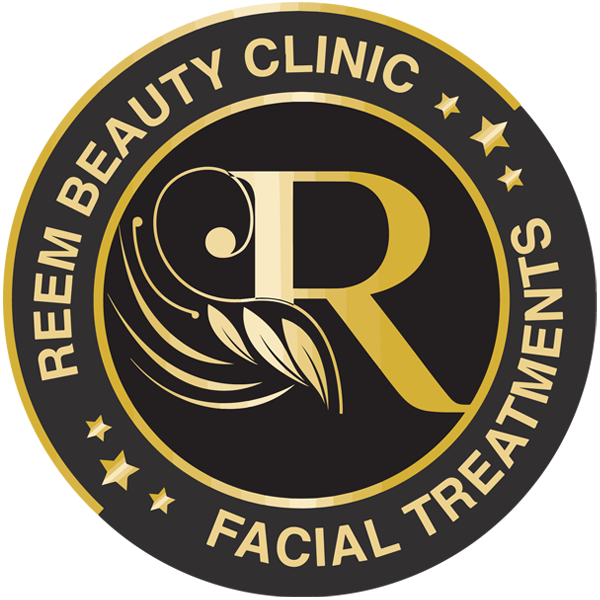
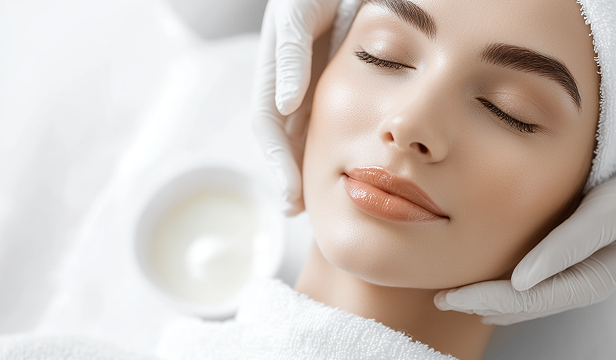
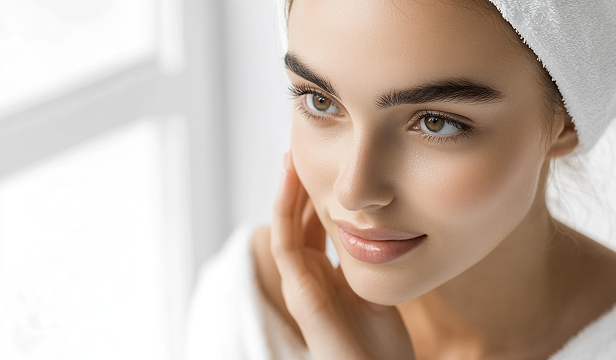
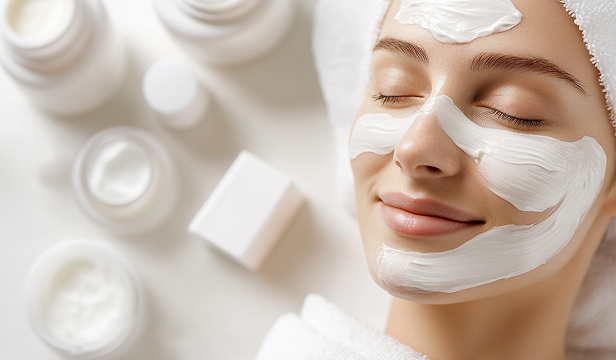
This Post Has 0 Comments